1963 Martin Committee Medium Bore #2 Bb Trumpet
-
In beautiful condition! Horn was refinished and feels/plays like it could be brand new. Comes with rare original 1st slide trigger, as well as original case and original Martin Elkhart #8 mouthpiece.
I'm looking to get $2800, but open to offers/trades.Horn was returned, but the discussion here has been great, so leaving this topic up.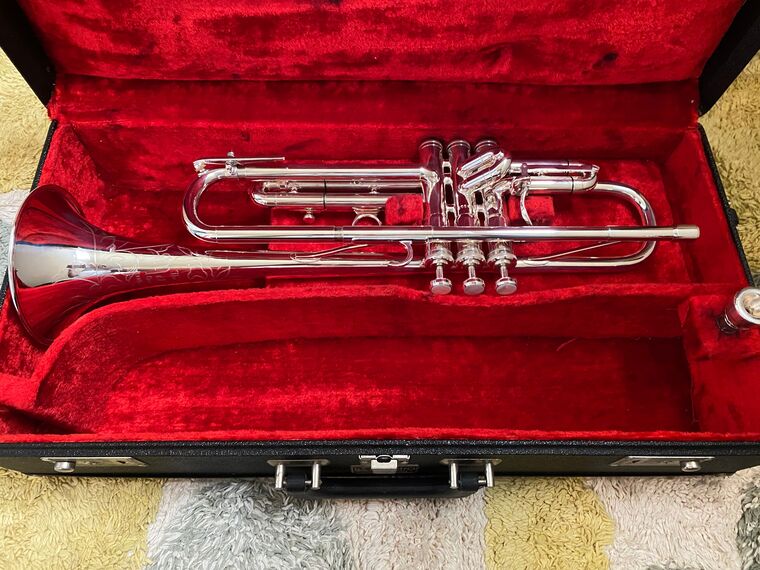
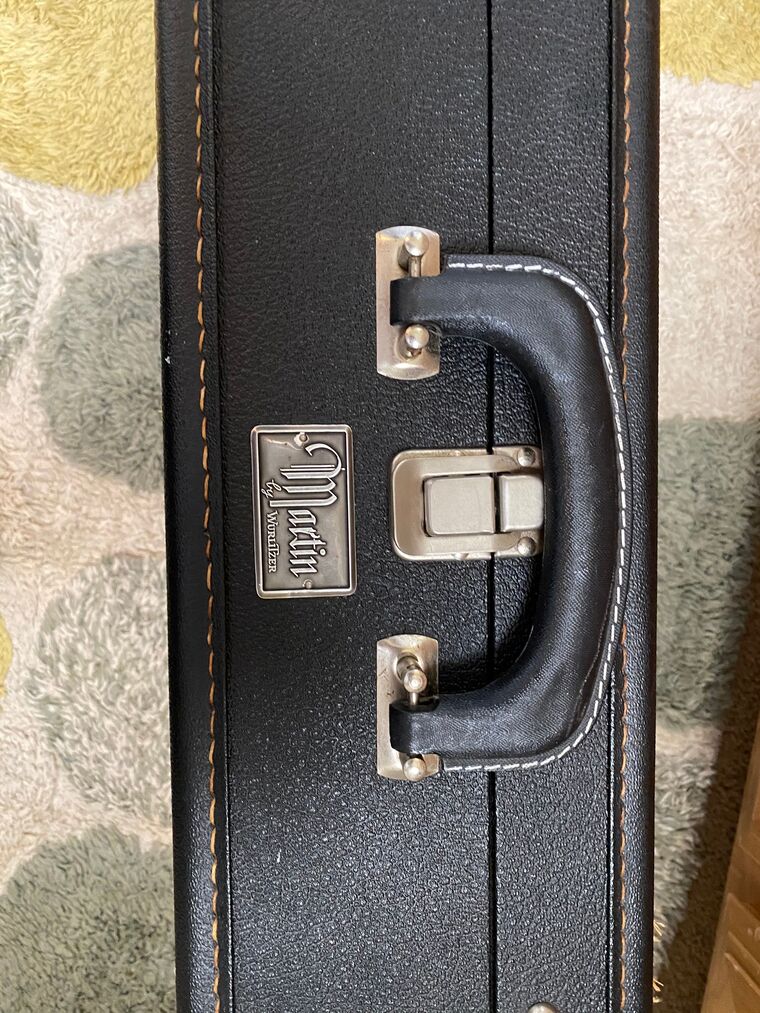
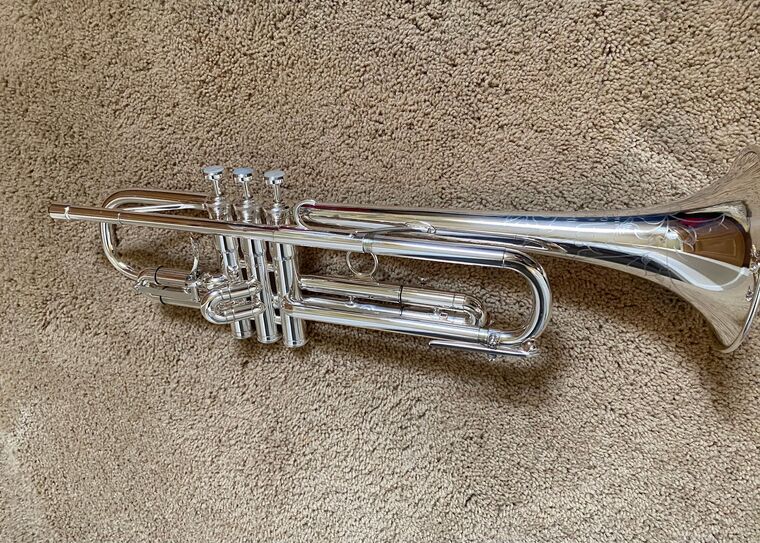
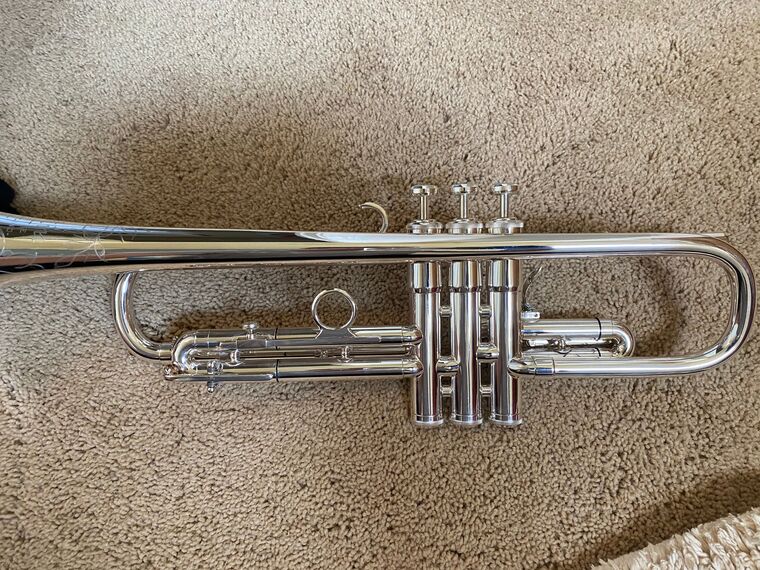
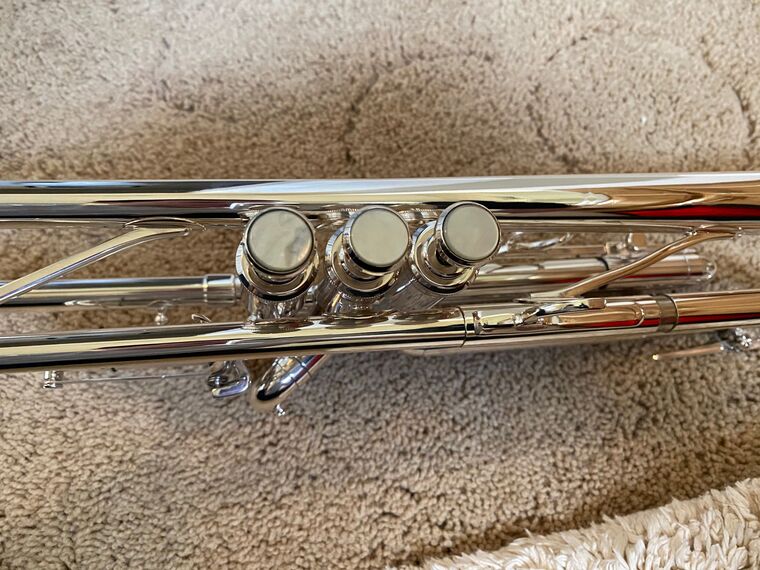
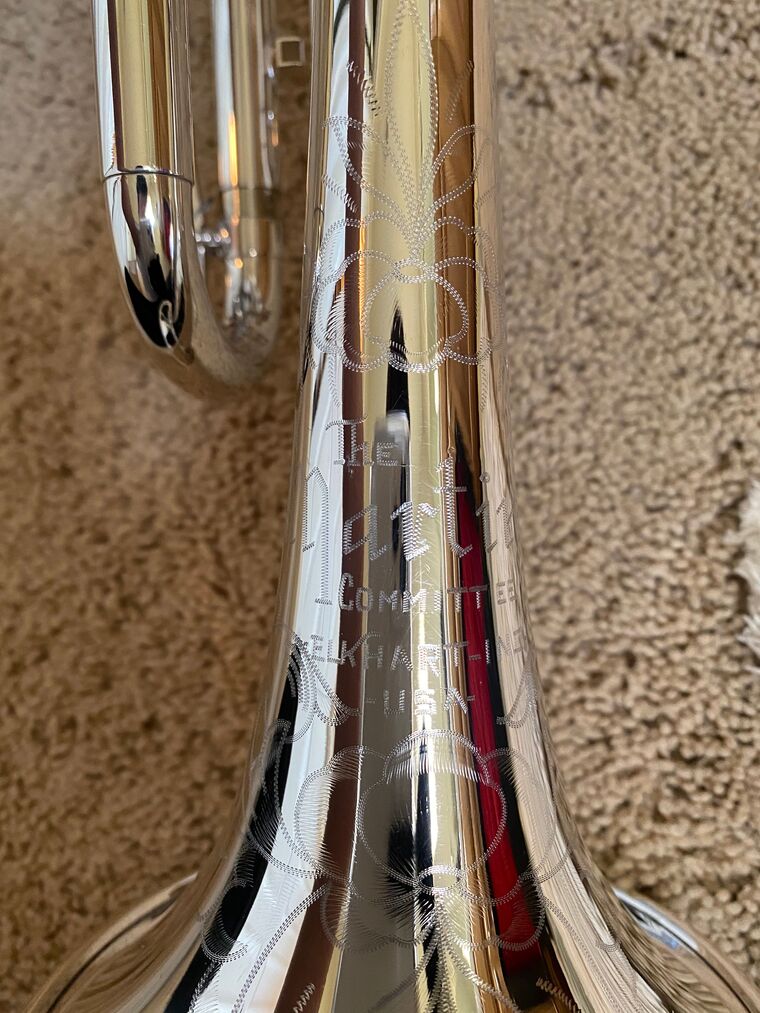
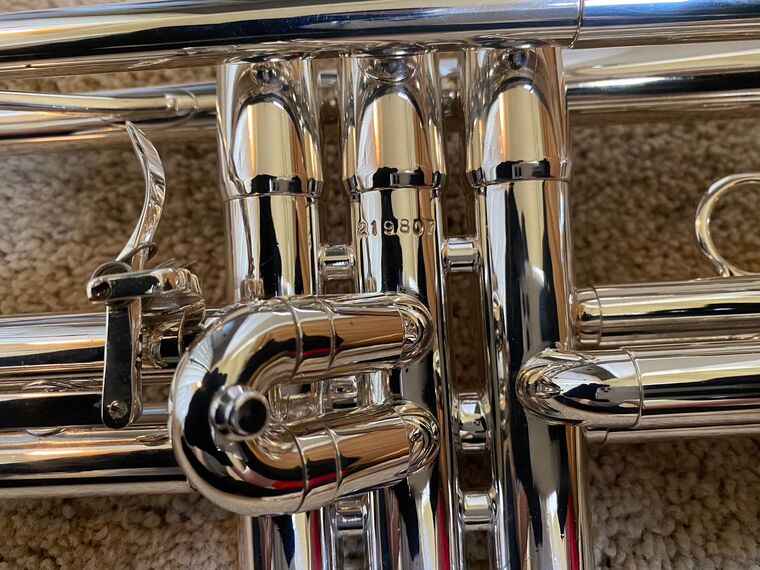
-
@sfsmuse Beautiful!
-
@administrator Thank you!
-
The seller is a friend and someone whose integrity I can personally vouch for. I’m happy to conduct a play/visual examination as he is local. I’m also a Committee owner/player.
-
I have no skin in the game, not getting compensated in any way (other than traffic).
I have to tell you -- this is the most beautifully restored Martin Committee I have ever seen. It's perfect. If this were a large-bore it might sell for $5k+. And the original case is even flawless! At this price, I'd say it's almost a steal. If only I could justify it (I just bought a new road bike!)....
-
Wow. What amazing work. It may scare some people into thinking its not real. You wouldn't have seen that level of perfection originally. (just look at the serial number - that's typical Martin precision).
Better than new!
-
The owner is local and a friend. Today I dropped off my Miyashiro to let him play for a week or so, and in exchange he let me take the Committee home.
I must say that it’s a damned fine horn. Playing it back to back against my 56 Deluxe Large Bore is interesting. We all rave about the Large Bore’s timbre, warmth and touch, and we buy in to the idea that only pre-1960 Committees are the best. This horn dispels those ideas.
At least for me, this horn retains nearly all of characteristics of my 56 Deluxe but has slightly easier to center intonation and without some of the distortion evident in certain valve combination slurs. If the “Committee flavor” is a 9 on my horn, this one is a 7 or an 8. It’s also curious how much heavier the silver plated horn is than my raw brass horn.
I don’t need two Committees but I want it. I talked to Shawn at Brass Cellar about it and he was impressed with its condition (from pictures) and wondered if Charlie had restored it (I don’t believe it was done by him)
-tj
-
Somebody clarify this for me. It has to do with all the accolades about this horn.
My understanding is that the preferable years for the Committee is mid-fifties and earlier. This is not. With little exception, the Committee did not have valve slides. This does. The classic Committee is brass and to have it "restored" shouldn't it be "restored" to brass, not silver? And, peripherally, that case may be a late Martin authentic case but it is not vintage beigh-ish coloured case from the vintage era.
For something to be restored to state of worth, it has to be worth to begin with. In my unserstanding this is not a classic Committee. Can someone please show me another way of looking at it or correct my understanding of it? Thanks.
-
This discussion is similar to those that I have about watches and vintage Alfa Romeos, both products made in an era where things were written by hand if at all, which were manufactured in low numbers and which were never expected to become valuable, collectible items.
It’s true that people consider the best years of the Committee to be during the time period you cite. It’s also true that some people believe those same Committees are inferior to the Handcraft versions of the late 30s and early 40s. I’ve never played a Handcraft so I can’t comment on that, but logic would dictate that later horns would be better in terms of quality and consistency. Technology, metallurgy, assembly techniques and other macro-economic factors (post-war worker sentiment, pay, and empowerment) would seem to lead to a more efficient company, and thus a better product.
As for its quality, it remains a Martin Committee. You’re right that it probably shouldn’t be silver, although I’ve occasionally seen other silver examples. If it was made in 63 as the SN indicates, it is an RMC horn, but depending on the exact year of the acquisition, it could be that the case is year appropriate, although I can’t make out the “Wurlitzer badge” and you’re right, it’s not the tan case of the 50s.
What I do know is that I’ve got a fair number of hours on my 56, and that yesterday I played both back to back, and last night sat in my chair with one in each hand comparing them. My 56 is, as far as I can tell, nearly 100% original as the person I bought it from had owned it since 1964 and it was purchased used from a music store in that year.
The only differences I can find in the silver horn are the first valve “kicker” and the shape of the finger hook on the lead pipe, which is just a slightly more abbreviated “C” than on mine. The engraving is obviously new and was done after the horn was plated.
Shawn from Brass Cellar did not question its authenticity or value, stating that rebuilds are becoming more expensive and that the work on the horn alone probably cost $1500+.
What’s most important is the way it plays, and it plays beautifully. It is unmistakably “Committee” in every way, and again, very similar to the things we love and put up with when compared to my 56.
When I hold it in my hands I can’t feel like I am a fool for not buying it, because I don’t think I’ll ever find a better example of a Committee at any price.
-tj
-
-
As with all things Committee, a lot of this comes down to what one desires.
As far as playing, I prefer the original Handcraft, but I am in the minority - and also suspect I might like the new one best if I could afford one...
The heavier feel, if more than just psychology, cannot be the plating. That much silver would leave the horn dead. It is a little surprising it would be heavier than a Deluxe, given the difference in trim, but the first thing to check would be the wall thickness of the tubing. It is possible heavier stock was one of the things RMC used to cut costs (as backward as that sounds, but more rugged means fewer QC fails - plus would allow for commonization of stock with student builds)
Back when these were built, lacquer would certainly play different than raw brass, plating shouldn't have any effect (see the Schilke paper in the surviving loyalist material). At the end of the day, the silver plating looks great, and could only be critiqued as making the horn lighter, brighter and more responsive than it would have been with original lacquer - just as if left raw.
As a player or a display item for a collector, this horn seems excellent (just not representative for a historian)
-
@oldschooleuph said in 1963 Martin Committee Medium Bore #2 Bb Trumpet:
Back when these were built, lacquer would certainly play different than raw brass, plating shouldn't have any effect (see the Schilke paper in the surviving loyalist material)...
Not so sure about this. Back in the vintage days of Committee's, the lead level in brass was quit high and then the Federal Government placed regulation to remove lead from brass alloy in 1953. So it may be as well the lead content of brass that had some impact on play quality of late 40's Committee.
-
Locked by
 barliman2001
barliman2001